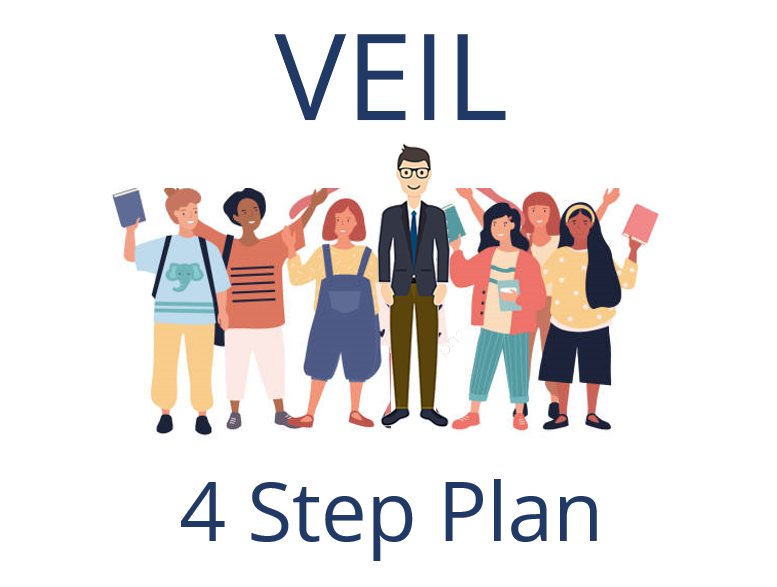To read Simon’s paper: Walker, Simon P. (2015): Thinking, Straight or True?


Understanding the Steering Mind and how it Affects Our Learning
Think of the mind as a car with an engine, as well as steering. The engine of our mind is what we use to store and use information as we drive through the world; be that information about people, things or ideas. The engine of the mind is roughly what we measure through an IQ test. The steering of our mind, on the other hand, is what we measure through the health of our life.
An engine without steering is a dangerous thing. Imagine a car careering down hill without steering. A crash is inevitable. Mental crashes come in many shapes and sizes; the exam crash as a result of unbending beliefs in one’s own technique; the friendship crash as a result of misreading the cues; the emotional crash as a result of fixated anxiety patterns; the physical crash as a result of relentlessly over-straining one’s mental effort.
The ability of the mind to steer underpins our cognitive, social and emotional health. If you have good steering, the evidence is that you are protected from the risks that derail others.
Steering enables us to collect information about the world, ourselves and other people. At STEER we identify three components of the mind’s steering which are required to achieve this:
- Cognitive steering (how we gather information about things in the world)
- Affective steering (how we gather information about our ourselves)
- Social steering (how we gather information about other people)**
These three aspects, referred to in the nomenclature as CAS steering, extend the Affective-Social model which underpins AS Tracking. Whilst AS Tracking measures the risks of a pupil emotionally & socially crashing, CAS refers to the efficacy of a pupil’s steering in order to be an effective learner.
STEERING AND PUPILS’ ACADEMIC OUTCOMES
In 2012 I published a study involving four UK secondary schools in both the private and the state sector. The study demonstrated that about 10-15% of academic outcome at GCSE level could be explained by the ability of students to adjust their CAS steering optimally as they engaged in different curriculum subject lessons. Later studies in 2015, involving 20 schools and 7,000 pupils, confirmed the finding and have been published in my paper Thinking: Straight or True?, which you can read at the link below.
The paper describes how the most effective learners regulated their CAS steering as they engaged in different learning tasks, just like a good driver adjusts how they drive depending on the road surface, conditions and terrain they are driving across.
For example, when engaging in a science lesson, the most effective learners adjusted their CAS steering biases. When they were learning in English or an arts subject, they adjusted them again but differently. Different subjects required different steering biases to drive effectively across them.
STEERING AND TEACHING
The result leant to an opposite conclusion to that of the ‘learning styles’ school of teaching. Rather than teaching to the learning style of the pupil, teachers needed to signpost the pupils how to adjust their steering for the task in hand. The responsibility lay with the teacher to do the signposting; but it lay with the pupil to do the steering.
The goal of this kind of teaching was not to bend the road to the ‘style’ of the child; nor to straighten the road so that children could accelerate down the curriculum faster. It was to teach the child how to steer.
In the light of the work on priming of into the unconscious mind of John Bargh and others, this result becomes obvious: the most effective teachers are the best primers of the classroom road. They constantly make explicit the cognitive task ahead, placing a tangible signpost which guides pupils to steer their minds accordingly.
Those teachers who do not do place such signposts discover that some pupils succeed (those that already have the capacity to steer), whilst others unfortunately fail (those still learning to steer their minds).
BUT THE REALLY BEST TEACHERS DON’T JUST PUT UP SIGNPOSTS ON THE ROAD. THEY TRAIN THEIR PUPILS TO PUT UP THEIR OWN SIGNPOSTS. THAT’S WHEN REALLY EFFECTIVE TEACHING TAKES PLACE.
This discovery lead us to a chain of other findings. Some schools are better than others at training their pupils to steer. This has an unexpected bearing on school academic rank. We are starting to understand what practices in the classroom undermine CAS steering, and what improve it. And we are finding out why some pupils, who fail academically, go on to succeed in the workplace beyond their peers with higher IQs.
=============================================================================================
If you would like to know more about these findings, my next series of Thought Pieces will explore how we steer to learn. It will be released around Easter.






